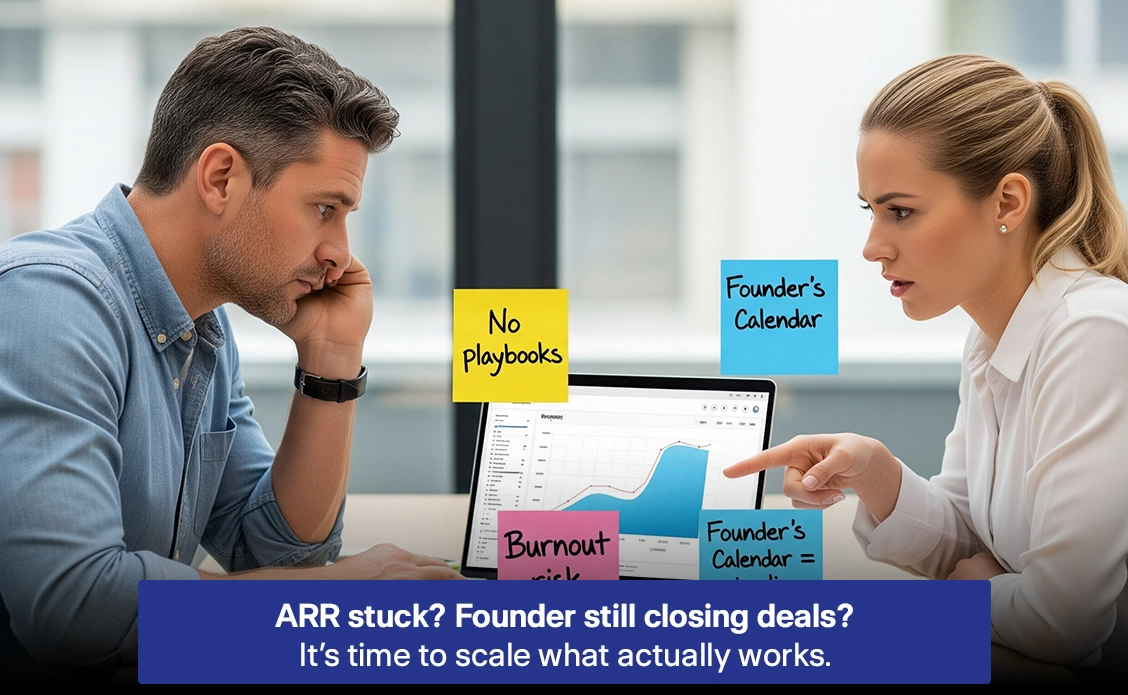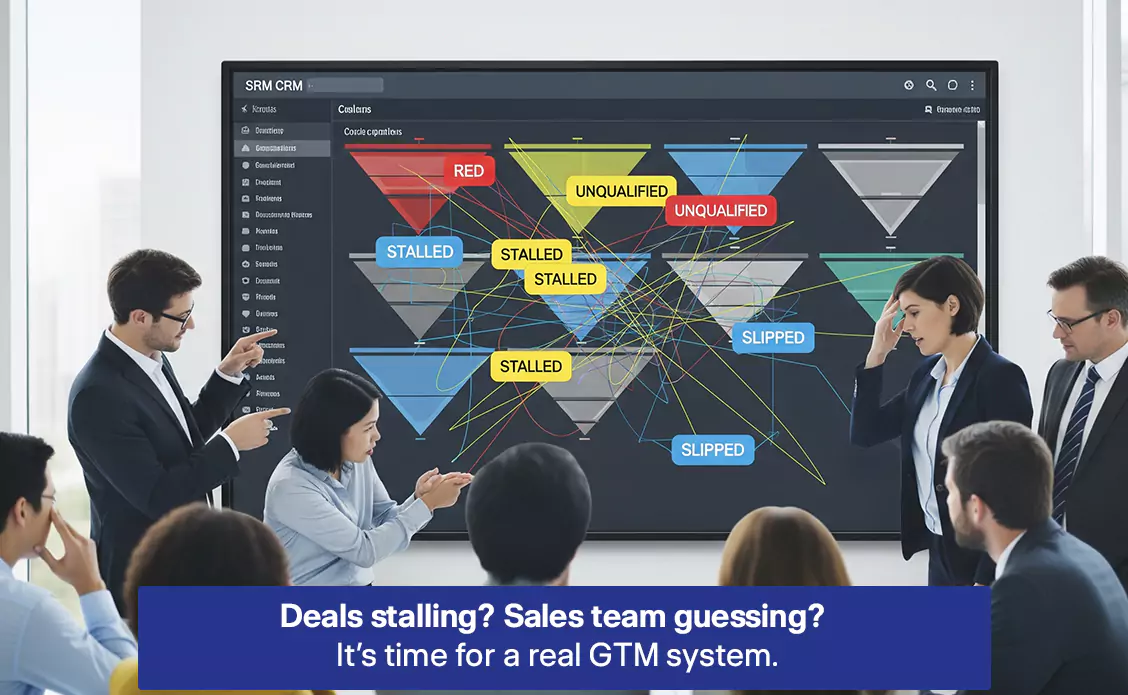In high-value B2B sales, especially in MedTech and enterprise SaaS, long sales cycles aren’t just slow — they’re costly. A stalled deal increases customer acquisition costs, drains team resources, and creates openings for competitors.
Why Multi-Stakeholder Sales Stall
Bain & Company reports the average B2B buying group now involves 6–10 decision-makers. In regulated industries like MedTech, that number can exceed 12, stretching timelines to over a year. Common causes:
- Conflicting priorities across finance, operations, and IT
- Information delays leading to decision paralysis
- Lengthy procurement reviews
- Competitors entering late in the process
Business Impact
According to McKinsey, every 10% increase in sales cycle length reduces win rates by 5–8%. Delays directly erode deal Net Present Value (NPV) and enterprise valuation.
Proven Frameworks to Shorten Sales Cycles
- Stakeholder Mapping & Value Alignment — Build role-specific value cases early.
- Parallel Engagement — Engage multiple stakeholders simultaneously to avoid bottlenecks.
- Pre-Emptive Procurement Preparation — Provide compliance and ROI data upfront.
- Timed Executive Sponsorship — Deploy leadership influence to resolve stalls.
- Proof of Value Pilots — Demonstrate ROI in 30–60 days to reduce buyer hesitation.
Why It Matters Now
In today’s capital-tight market, sales cycle optimization is a competitive advantage. Faster closes mean higher win rates, better cash flow, and stronger investor confidence.





